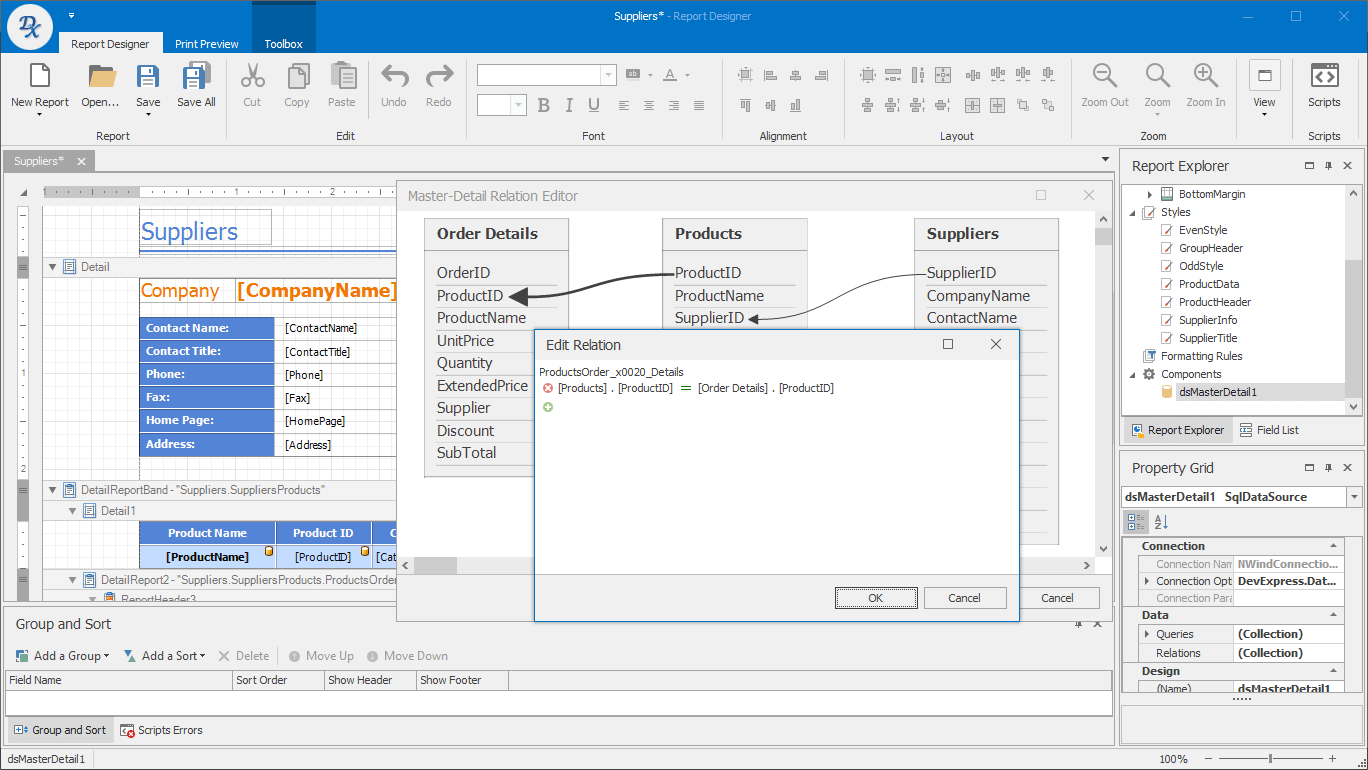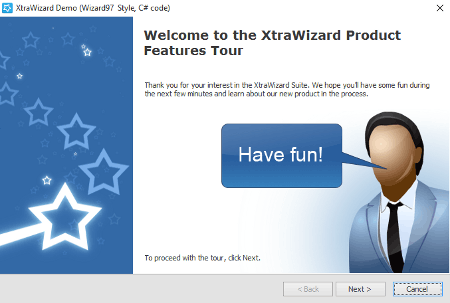

Based upon action type, the dialog window will display corresponding step settings. To modify action settings, click the appropriate step name in the list of recorded steps. When you begin the recording, TestCafe's Test Recorder will automatically track your page interactions, convert them to action test steps and add them to the leftmost list. Once redirecting from the TestCafe Control Panel to the target web page, execute actions you wish to record for your test (click a page element, drag and drop an element, enter text, upload a file, etc.). Hover over the fixture in which you wish to create a test and click Record Test Actions. To get started, launch the visual Test Recorder.
#WORKSPACE MANAGER DEVEXPRESS HOW TO#
Yesterday I discussed the new features we're shipping in TestCafe v14.2 - among them our new and improved visual Test Recorder. In this blog post, I'll describe the ease with which you can create your first automated test script, how to modify it and how to delete individual test steps within the script. You can add the LoadingDecorator in XAML. When the main view is fully loaded, the loading indicator collapses and the main view becomes visible. Meanwhile, the main view on the right hand side will display the LoadingDecorator loading indicator. On subsequent runs of the Sales Dashboard, you will see that the navigation panel in the main form appears almost immediately. This splash screen view is shown while the database is being initialized for the first time. If you run this demo for the first time, you will see a splash screen. This component is used in one of our Sales Dashboard demo. LoadingDecorator is a container control for displaying long-loading content. To enable this functionality, set the DXSplashScreenService.ShowSplashScreenOnLoading property to True. It’s also possible to show a splash screen automatically, whenever a view is loading. The SplashScreenViewModel class has several properties that you can use in your splash screen with bindings. When the Show method is called, the DXSplashScreen class creates a predefined view model of the SplashScreenViewModel type and assigns this view model to the splash screen view. You can use the DXSplashScreen.Show method to display the splash screen - where the T type parameter is of the type of your splash screen. Hopefully you'll agree that the Workspace Manager is a big step forward the way you and your users save/restore layouts and configurations within a WinForms project. You can see this in action in the animation above. The last feature I'd like to mention is the Workspace Manager's built-in animation effects whenever a workspace is applied. Before you ship your app, you can create any number of pre-defined workspaces and give your end-users the ability to select the one most appropriate to their business needs. Saving and restoring workspaces captured at runtime is not the only feature included with the Workspace Manager. If you're using the DevExpress Bar Manager (or Ribbon Control), you can easily display an auto-generated bar item that integrates with your Workspace Manager.

And before you ask the next logical question, yes, the good news is that this functionality will not require you to manually create UI elements to manage individual workspaces.

Your end-users will be able to save these workspaces to local files and apply them whenever desired. This small but incredibly useful tool detects the DevExpress Controls you are using and captures their current configuration as a single global application layout called a workspace. With the release of v14.2, a better way exists to manage all end-user runtime layout modifications - that better way is called the DevExpress Workspace Manager. Though each individual control we ship provides the ability to save/restore layouts to a file, XML, Registry or stream, managing this can be cumbersome when using more than a couple of controls on a form. Included in this interaction is the ability to save/restore layout (configuration) modifications made by the end-user at runtime. As you know, in in order to deliver an intuitive user experience, all of these controls need to interact with one another. To help describe the value of our Workspace Manager, let's first consider an app that uses multiple DevExpress controls - everything from our WinForms Data Grid and Ribbon Control, to our Navigation Bar and Document Manager. What's a Workspace Manager and Why Should You Care Last week I wrote about our Image Collection and Gallery for WinForms.today, I'd like to share with you some specifics as it relates to our new Workspace Manager. V14.2 ships with a number of usability/productivity features we hope you can leverage going forward.


 0 kommentar(er)
0 kommentar(er)
